Ever wondered what are puns and why they have such a unique effect on people? Puns are those clever, groan-worthy jokes that play with the meanings or sounds of words, often leaving people either laughing or rolling their eyes. But did you know that there’s more to puns than meets the ear? Let’s break down what puns are, how they work, and why they’re actually a sign of wit and intelligence.
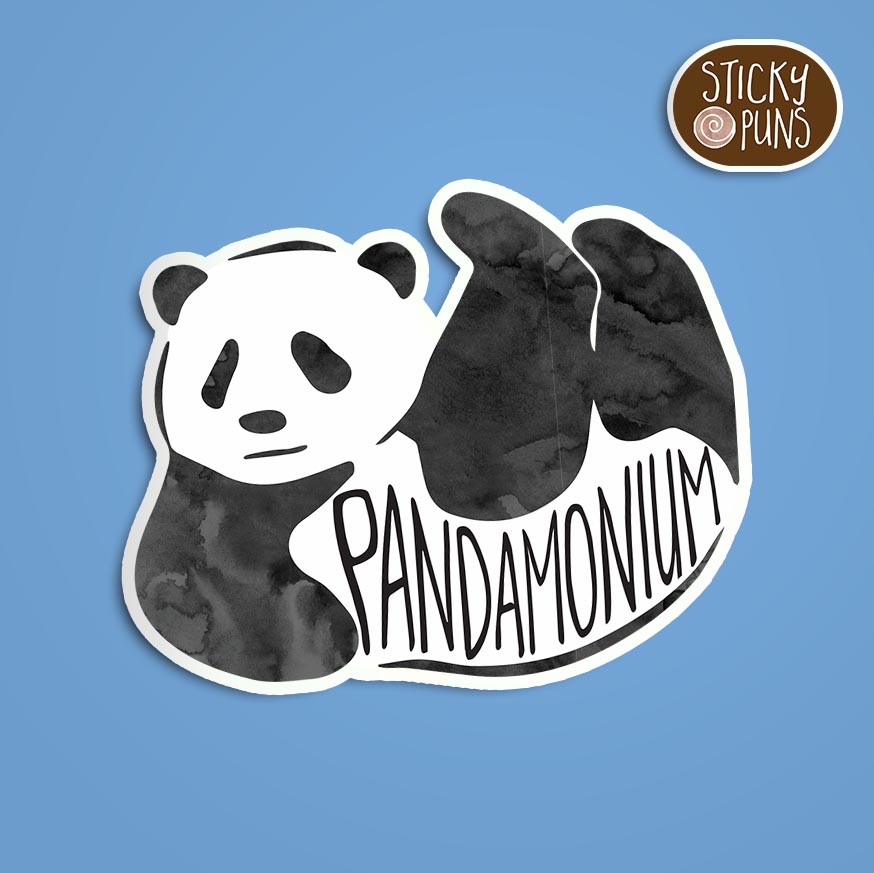
What Are Puns, Exactly?
Simply put, puns are jokes that use the multiple meanings of a word or similar-sounding words to create humor. If you’ve heard a dad joke that made you chuckle despite yourself, you were likely dealing with a pun.
For example, when someone says, “I’m reading a book on anti-gravity. It’s impossible to put down,” they’re using a pun. The phrase plays on the dual meanings of “put down,” referring to both setting aside the book and the concept of gravity.

The Types of Puns
Homophonic puns are a playful type of word humor that relies on homophones—words that sound the same but have different meanings and spellings.
For instance, think about the words “flower” and “flour.” They’re pronounced exactly the same, but one refers to a plant, and the other to a baking ingredient. Here are some fresh examples of homophonic puns:
- “When the music teacher got locked out, she had to use her keys.” (Here, “keys” refers both to the piano keys and a set of metal keys to unlock a door.)
- “I used to be a baker, but I couldn’t make enough dough rise.” (Here, “dough” refers to both money and bread dough, with a play on the idea of making something rise.)
Homographic puns, in contrast, use homographs—words that are spelled the same but have different meanings and sometimes distinct pronunciations.
One example of a homographic pun is:
- “I tried to row across the lake, but the current was too strong to bear.” (In this case, “bear” can mean either to carry a burden or refer to a wild animal, depending on the context.)
Here are some additional homographic puns:
- “He had to bow before he could string his bow.” (Both “bow” words are spelled the same but mean different things: a gesture of respect versus an archery weapon.)
- “The lead actor couldn’t follow the script because he forgot his lines.” (“Lead” refers to the main character, but it can also mean a type of metal if read differently.)
Homographic puns are particularly effective when written, as they use the complexity of language to create a double meaning that isn’t always obvious when spoken. These puns are clever and can reveal multiple layers of humor depending on how they’re delivered.Why Understanding What Puns Are Is Important
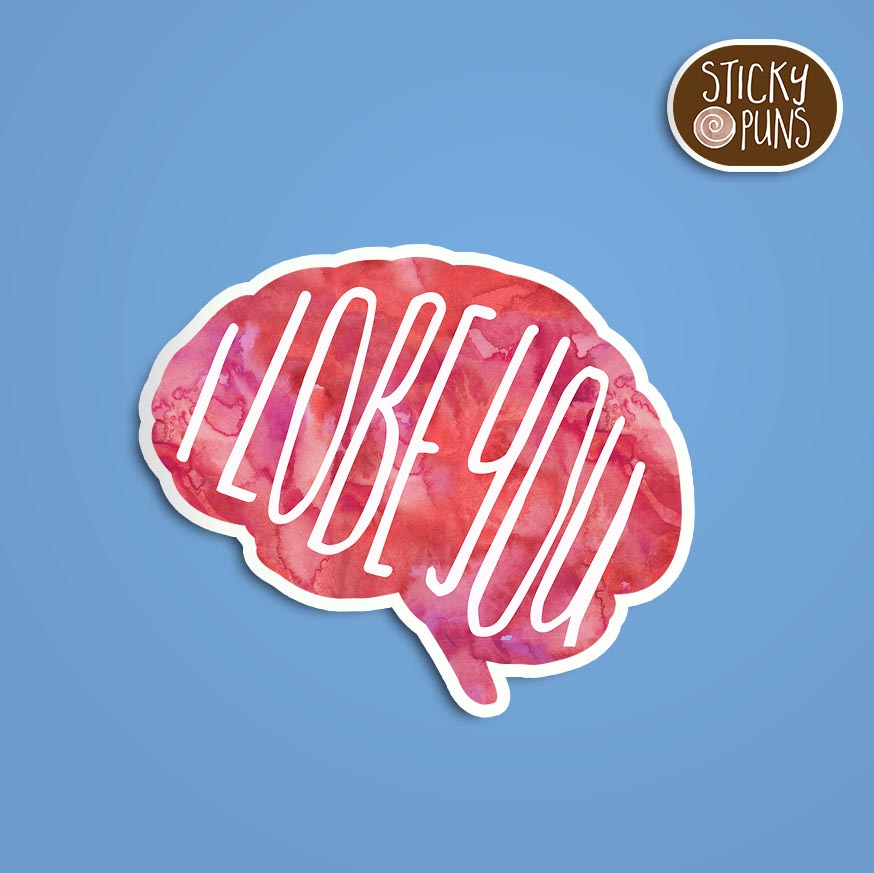
Puns and Your Brain
So now that you know what puns are, let’s talk about how they affect your brain. Making or understanding a pun involves complex brain activity. Research shows that both hemispheres of the brain need to work together to process a pun. The left hemisphere deciphers the literal meaning, while the right side catches the joke or double meaning. This cognitive flexibility is a sign of wit and creativity.
The Intelligence Behind Puns
Despite the eye-rolls they often get, puns are actually a display of linguistic intelligence. Great thinkers like William Shakespeare, known for his love of wordplay, understood what puns are and how to use them effectively. In fact, Shakespeare packed his plays with puns to add humor and layers of meaning, with some plays containing over 200 examples.
Even U.S. President Abraham Lincoln enjoyed puns, using them to add a touch of humor during serious times. When you understand what puns are, you realize they aren’t just silly jokes—they reflect the ability to connect words in innovative and meaningful ways.
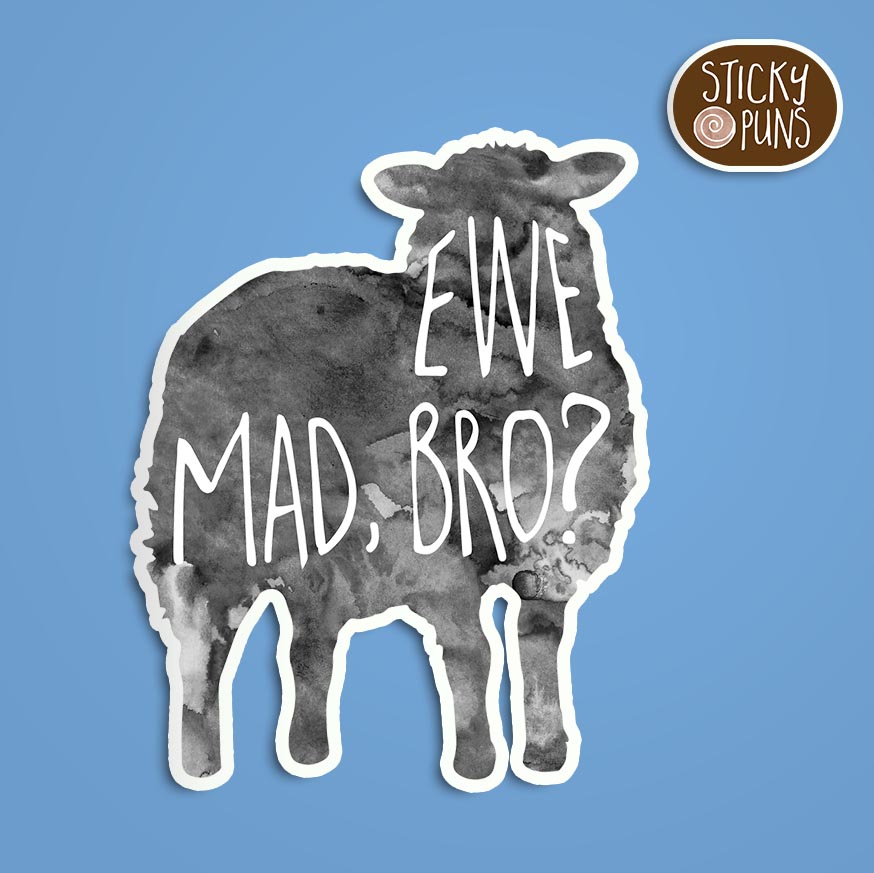
Why Do People Hate Puns?
Now that we’ve explored what are puns and why some love them, let’s tackle the haters. If you’ve ever groaned at a pun, there’s a reason. Puns can disrupt the natural flow of conversation and demand that listeners pause and think differently, which can be annoying for some. People who prefer structured, rule-based thinking may find puns frustrating.
The Science Behind Pun Frustration
According to experts, puns interrupt the way our brains process language, which can make them feel jarring. James Geary, author of Wit’s End, points out that puns are about playing with ideas and meanings, not just words. While some find this fun and creative, others just don’t have the patience for it.
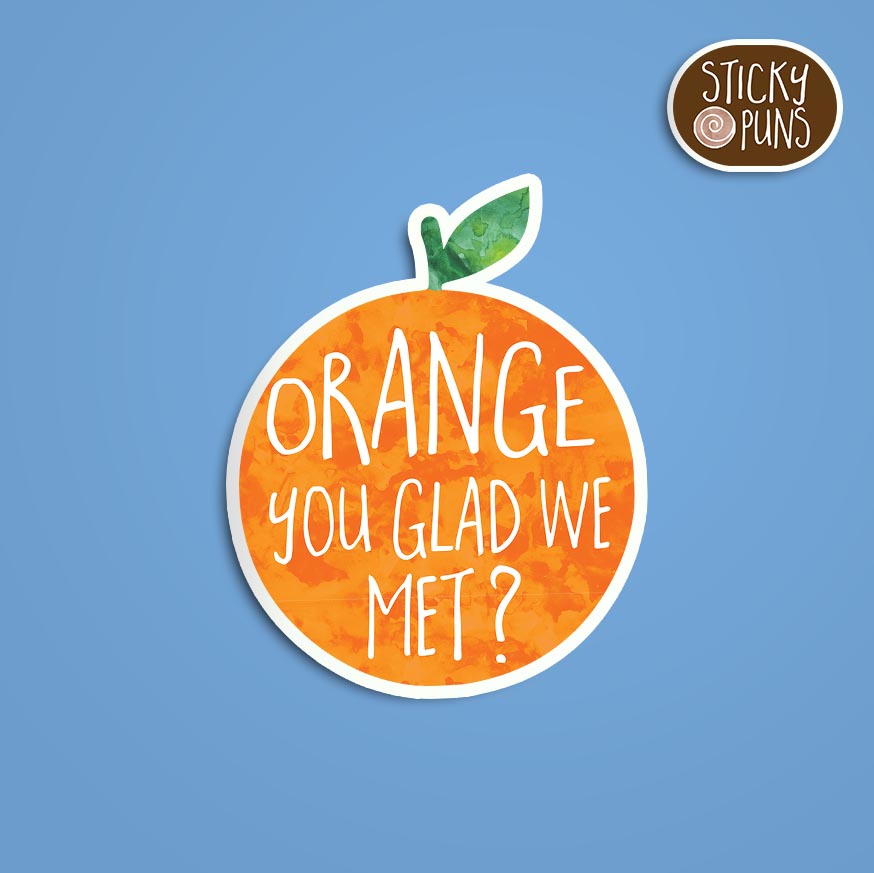
The Social Power of Puns
Understanding what are puns isn’t just about humor—it’s also about connection. When you share a pun with someone, it creates a moment of shared understanding and laughter. James Geary even describes puns as a “secret handshake,” where both the pun-teller and the listener are in on the joke together. This social aspect makes puns a unique way to bond with others.
Try Making Your Own Puns!
Want to test your wit and see if you can create your own clever puns? Start by thinking of words with double meanings or similar sounds. Practice makes perfect, and you’ll soon be able to impress your friends with your pun-tastic humor.
So next time you hear a pun, remember: it’s more than just a silly joke. Knowing what are puns and how they work can give you a whole new appreciation for this playful, creative, and surprisingly intelligent form of humor!
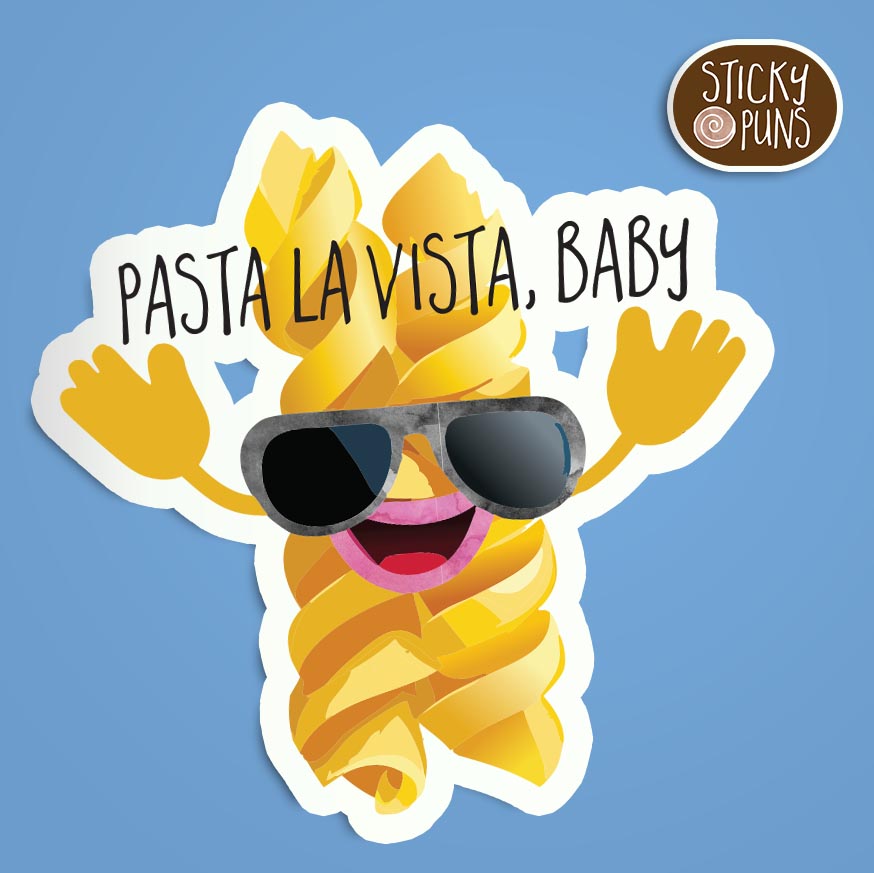
If you love puns as much as I do, check out the pun-themed stickers on my website, Stickypuns.com. They feature clever designs like “Fa La La Llama” and “Feast Mode,” which are perfect for anyone who appreciates a good wordplay joke.
Plus, I’ve also developed iMessage apps that allow you to send puns to your friends through iMessage. Check them out here: https://apps.apple.com/us/developer/shana-russell/id1010975891